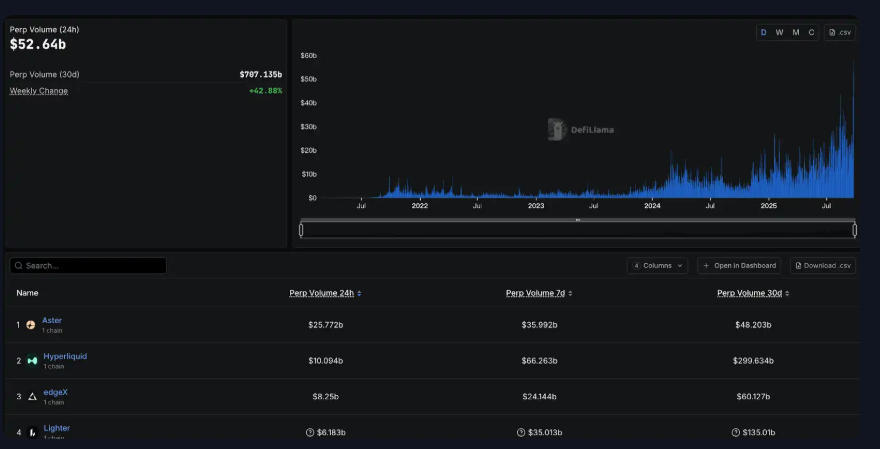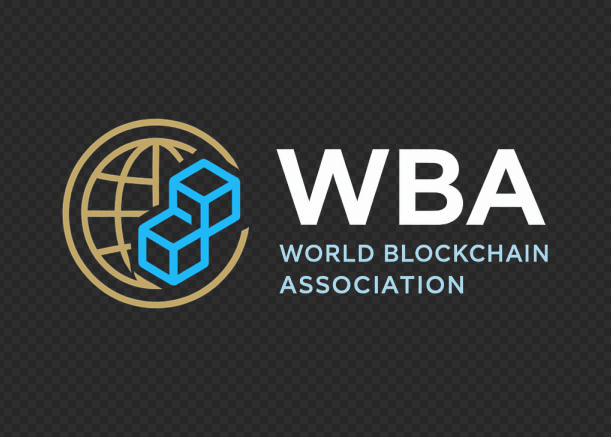
September 18, 2025 – Global Analysis by the World Blockchain Association
The World Blockchain Association (WBA) reports that Solana (SOL) has once again become one of the most closely watched assets in the cryptocurrency market following a sharp rally in recent weeks. With Bitcoin and Ethereum consolidating around key resistance levels, Solana has outperformed, sparking renewed debate: who exactly is buying SOL, how much is being staked, and where does the selling pressure lie?
This analysis provides an in-depth breakdown of Solana’s token distribution, staking concentration, institutional holdings, DeFi integration, ETF/ETP exposure, and potential headwinds such as legacy FTX/Alameda holdings. By understanding these forces, market participants can better evaluate Solana’s resilience and price elasticity in the current Web3 cycle.
Why Studying Institutional Holdings Matters in Cryptocurrency
The cryptocurrency market moves with extraordinary speed. For assets like Solana, the trajectory of price action often depends less on retail speculation and more on institutional allocation, staking behaviors, and treasury decisions.
Key questions include:
- Who is accumulating Solana (SOL), and at what scale?
- Where is selling pressure concentrated?
- Which assets are locked in staking contracts, DeFi protocols, or ETF structures, and which remain liquid and potentially volatile?
According to the World Blockchain Association, these dynamics define whether Solana’s next move is a temporary rally or the foundation for a sustained bullish cycle.
The Staking Landscape: Solana’s Competitive Edge
As of September 16, Solana’s total supply stands at 610 million SOL, of which 408 million SOL are staked across the network — representing 66.9% of circulating supply.
By comparison, Ethereum’s staking ratio is only around 40%, positioning Solana as one of the most heavily staked Layer-1 blockchains among major assets. This high staking participation implies reduced sell-side liquidity, providing structural support for SOL’s price.
Validator Concentration
Data from Everstake highlights both centralization risks and decentralization resilience within Solana’s staking ecosystem:
- Helius, Binance Staking, and Galaxy Digital collectively manage over 26% of staked SOL. Helius alone secures 13.22 million SOL (9.76%).
- Other major validators include Ledger by Figment, Kiln, Coinbase, and Everstake, each maintaining 3–6% of staked supply.
This structure reflects a “top-heavy yet decentralized” model, where institutional validators hold significant influence but no single actor dominates network consensus.
DeFi Integration and Liquid Staking Tokens
According to DeFiLlama, Solana’s DeFi Total Value Locked (TVL) is equivalent to 52.89 million SOL. However, this figure is somewhat inflated due to the widespread use of Liquid Staking Tokens (LSTs) such as JitoSOL, mSOL, and bSOL.
The World Blockchain Association notes that while LSTs boost liquidity and composability across DeFi, their overlap with staked assets means the raw TVL does not necessarily represent additional locked capital. Still, it underscores Solana’s growing role as a DeFi and Web3 infrastructure hub, alongside Ethereum and emerging Layer-2 ecosystems.
Institutional and Corporate Treasury Holdings
Institutional adoption remains a defining trend for Solana in 2025. According to Strategic SOL Reserve data, 17 publicly listed companies now hold SOL in their treasuries, representing 2.8% of total supply (17.11 million SOL). Of this, 7.4 million SOL are staked, while the remainder remains liquid.
Key holders include:
- Forward Industries (FORD) – 6.82 million SOL (~$1.63 billion)
- Sharps Technology (STSS) – 2.14 million SOL (~$510 million)
- DeFi Development Corp (DFDV) – 2.03 million SOL (~$480 million)
- Upexi (UPXI) – 2.0 million SOL (~$470 million)
- Galaxy Digital – 1.35 million SOL (~$320 million)
Treasury adoption reflects a Bitcoin-style playbook, where corporations use tokenization strategies to diversify balance sheets, hedge against inflation, and align with the broader Web3 economy.
The FTX & Alameda Legacy Supply
One of the most unique challenges for Solana is the legacy supply tied to FTX and Alameda Research.
Between 2020 and 2022, FTX/Alameda were among Solana’s largest backers, accumulating vast holdings during the network’s early expansion. Following FTX’s collapse in November 2022, these assets entered court-managed liquidation.
- Since November 2023, 8.98 million SOL have been redeemed and transferred by FTX-related wallets.
- Approximately 4.18 million SOL (0.69% of supply) remain staked, subject to gradual unlocking through 2028.
The World Blockchain Association highlights this as a persistent overhang, as each tranche of liquidation or OTC sales could temporarily weigh on market sentiment.
ETF and ETP Exposure: Bridging Traditional Finance and Web3
Institutional access to Solana has expanded beyond direct spot markets into exchange-traded products (ETPs) and, most recently, ETF structures.
- 21Shares ASOL – ~$1.53 billion AUM
- CoinShares SLNC – ~$699 million AUM
- REX-Osprey SOL + Staking ETF (SSK) – launched July 2025, first U.S. product combining spot SOL with on-chain staking yield, ~$274 million AUM
Combined, these products hold 9.17–11.92 million SOL (1.50%–1.96% of supply, avg. ~1.73%), typically under long-term custody arrangements.
The arrival of Solana-linked ETFs mirrors earlier adoption cycles seen in Bitcoin and Ethereum, marking a critical step toward mainstream tokenization and capital markets integration.
Whales, Retail, and Market Narratives
Beyond institutions, Solana’s ecosystem remains broadly distributed:
- Top 100 addresses control 22.8% of supply (CoinCarp data), with the largest single address holding just over 5 million SOL (~1%).
- Solana counts over 9.15 million unique addresses, ensuring strong retail participation.
- No government or sovereign wealth funds currently disclose direct SOL holdings.
Market sentiment is also amplified by crypto influencers and institutional strategists:
- Matt Hougan (Bitwise CIO) highlighted Solana’s twin catalysts of ETP approval and corporate treasury adoption.
- Raoul Pal (ex-Goldman Sachs) labeled Solana “stupidly bullish” in a structural sense.
- Ansem (@blknoiz06) noted treasury inflows could supercharge Solana DeFi growth.
- Mert Mumtaz (Helius Labs CEO) projected a 150% price increase within five years, dismissing short-term volatility.
Price Outlook: Key Resistance and Liquidation Clusters
According to Hyperliquid liquidation data, Solana trades near $238 as of mid-September, with two major resistance zones ahead:
- $250–$275 – first cluster of short liquidations, potential breakout zone.
- $275–$315 – heaviest concentration of short positions, where a breakout could trigger accelerated upside.
If ETF inflows and treasury adoption persist, the World Blockchain Association projects that SOL could test the $300–$400 range in a sustained bull cycle.
Conclusion
The World Blockchain Association emphasizes that Solana’s latest rally is not solely a speculative surge but is underpinned by high staking participation, institutional adoption, treasury diversification, ETF inflows, and strong DeFi activity.
At the same time, risks remain — particularly from FTX/Alameda liquidations and the potential for validator concentration. Nonetheless, Solana’s evolving ecosystem positions it as a key contender alongside Bitcoin, Ethereum, and emerging Web3 networks in shaping the future of DeFi, NFT infrastructure, DAO governance, tokenization, and stablecoin issuance.
About the World Blockchain Association
The World Blockchain Association (WBA) is a global organization dedicated to advancing knowledge, policy dialogue, and innovation in blockchain and digital finance. As a leader in the cryptocurrency and Web3 ecosystem, the WBA provides stakeholders with trusted insights at the intersection of technology, regulation, and global economic trends through research, reporting, and thought leadership.







